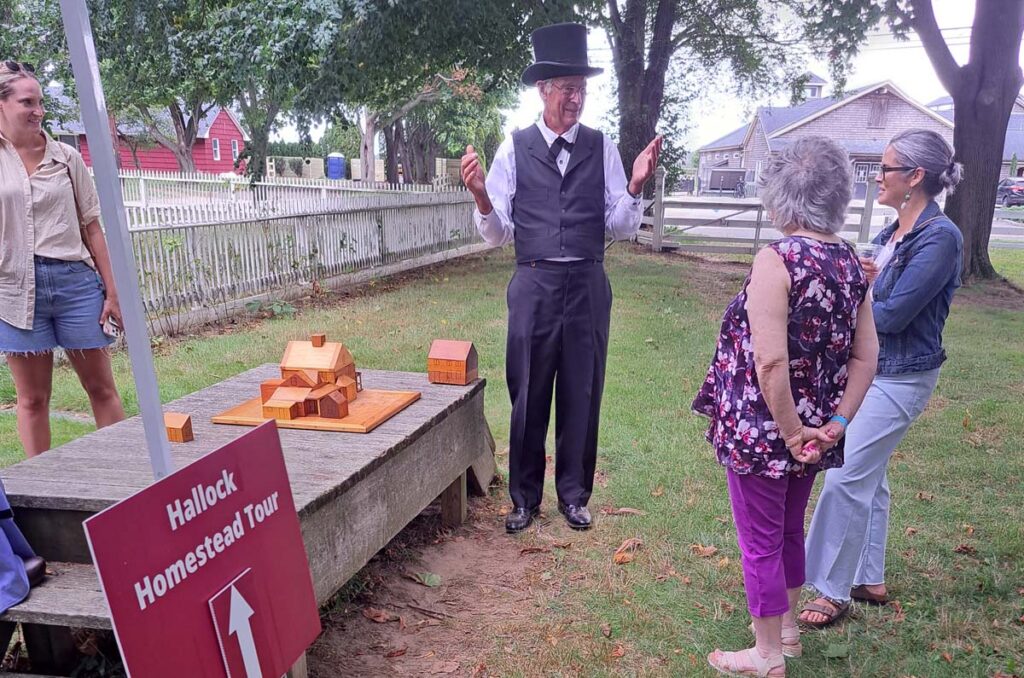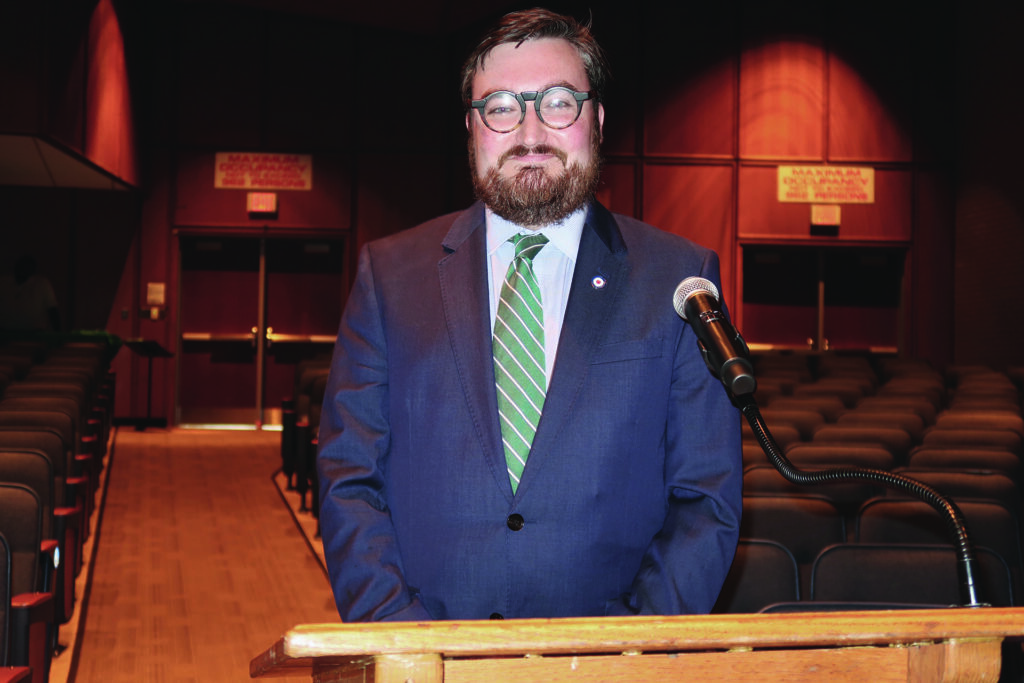Developers face scramble for approvals before downtown hits current cap of 500 apartments

When Riverhead Town approved its last master plan update in 2003 and adopted the zoning it recommended two years later, one goal was to bring apartment buildings downtown to drive foot traffic, which, officials hoped, would then attract retail stores to the area.
That zoning also included a provision capping the number of apartments units downtown at 500; the cap applied to apartment units with a certificate of occupancy.
Fast-forward to today, when many downtown apartments have been built or proposed, but only 116 have certificates of occupancy.
In addition, if all projects currently proposed were to be built, the result would be well over 500 new apartments — and developers are scrambling to get their units approved before the cap is reached.
The combined number of existing apartment units with COs and those proposed but still lacking COs is already slightly above 500, according to Riverhead building and planning administrator Jeff Murphree. And a recently proposed 45-unit apartment project brings the total even higher.
Currently, three fully operational apartment complexes, comprising 116 units, have certificates of occupancy, Mr. Murphree said. They are:
• Summerwind Square on Peconic Avenue (52 units),
• Peconic Crossing on West Main Street (45 units) and
• the Woolworth Apartments on East Main Street (19 units).
Mr. Murphree said there are about 20 additional occupied apartment units throughout the Downtown Center 1 district, just as apartments above stores.
Two other apartment complexes are close to completion, but don’t yet have certificates of occupancy.
Riverview Lofts, with 116 units, on East Main Street and McDermott Avenue, has town approvals and is under construction, but does not yet have a CO. Also, 331 East Main Street LLC, with 36 units proposed, has preliminary approval and special permit approvals, but lacks final approval, which is expected soon.
Beyond that, according to Mr. Murphree, there are a number of proposed apartment projects that don’t have any town approvals. These include 203-213 East Main St., which proposes 170 units at the former Sears site; the Suffolk Theater Apartments, which proposes 28 units behind the theater on East Main Street; and Landmarks of Riverhead from builder Wayne Steck, who proposes 45 units at the former West Marine site on East Main Street, where the existing building would be razed and replaced with a four-story mixed-use structure.
Also still under review is a proposal for McDermott Avenue from the Zenith Group, in which developer Ray Castronovo is proposing nine units on four stories.
Supervisor Yvette Aguiar said projects like 203-213 East Main St., proposed by the Metro Group; and the Suffolk Theater Apartments, are still in the review phase.
“It’s all up to who submits the best plans,” she said in an interview. “You also have to consider the 500 cap. The master plan is going to be addressing the future of Riverhead.”
Councilwoman Catherine Kent, who chairs the town’s downtown revitalization committee, said the idea of increasing the cap has been discussed but never voted on by that committee. She said she personally is not in favor of a higher cap.
Proposals were made in the last two years to change the 500-unit cap, including one to reduce it, which was opposed by builders.
“There should be a mix of uses downtown,” Ms. Kent said in an interview. “We want downtown to be a gathering place for all the hamlets, with restaurants, specialty retail and other attractions. We just can’t load up with residential. Also, we need to listen to the community. They have concern about having too many apartments downtown.”
Ms. Aguiar said the town’s recently begun comprehensive plan update, as well as the downtown Pattern Book, which is nearing completion, will provide guidance on how to proceed with the downtown apartment buildings.
“The master plan has to give us guidance to the future Riverhead,” she said.
Mr. Murphree said that if two projects were to get approvals at the same time, and each of them would take the town to the 500-unit maximum, it would be up to the Town Board to determine what to do.
The existing downtown apartment buildings have brought a lot of restaurants to the area, but have yet to attract new retail stores.
But Ms. Aguiar believes that will come.
“It will evolve,” she said. “You don’t have a lot of occupancy there now, it’s about 25% of what was recommended. But as soon as soon as you get the occupancy rate up, you’ll see the foot traffic and you’ll see more retail. It’s a matter of time and we’re getting very close.”








